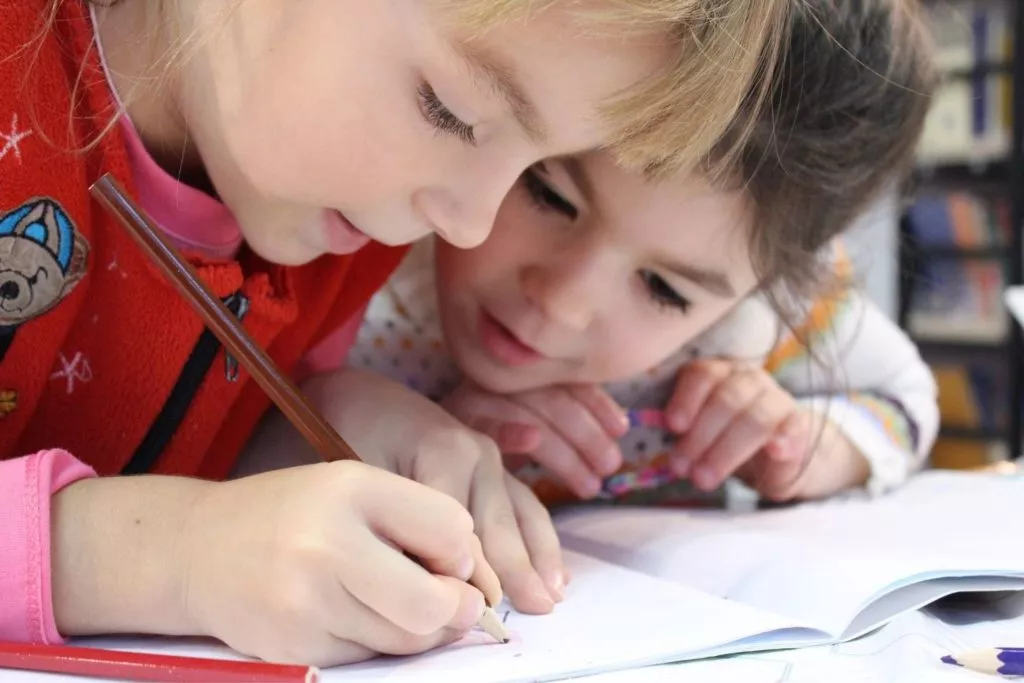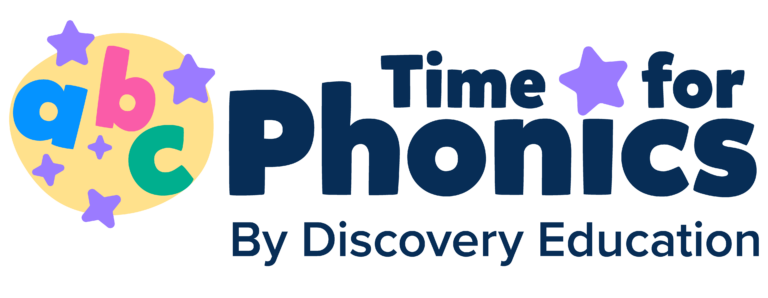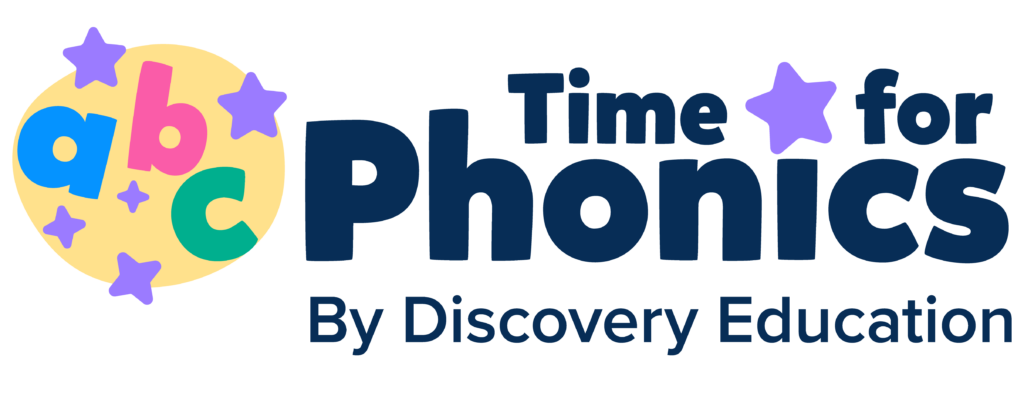How Phonics Links to the Early Years Foundation Stage (EYFS)
By Heather McAvan – December 28th, 2020
Through learning phonics, children are working towards meeting the Early Learning Goals for reading and writing (commonly referred to as ‘Literacy’). By the end of Reception then children should use their phonics knowledge to be able to:
- Continue a rhyming string (eg. bat, hat, cat…mat).
- Hear and say the initial sound in words.
- Segment the sounds in simple words and blend them together and know which letters represent some of them.
- Link sounds to letters, naming and sounding the letters of the alphabet.
- Begin to read words and simple sentences

What are the Early Learning Goals for Phonics?
At the end of the Reception year, children will be assessed as part of the EYFS Profile. Teachers will decide if the children are emerging, secure or exceeding in relation to the Early Learning Goal (ELG) for each area of learning. The Literacy ELG is as follows:
“Children read and understand simple sentences. They use phonic knowledge to decode regular words and read them aloud accurately. They also read some common irregular words. They demonstrate understanding when talking with others about what they have read.”
Playing phase 2 phonics games is a really useful way to help help children in the EYFS develop their blending and segmenting skills in preparation for year 1 in a fun and engaging way – they really won’t know they’re learning!
What if phonics isn’t working?
Don’t worry if your child, or children in your class are NOT blending yet, it CAN take some time for children to develop this skill. Using things like word families is a great way to increase confidence in phonics, although it isn’t explicitly mentioned in the DfE Letters and Sounds framework. For example if a child can blend the two letters a-t to make the word “at”, the can be shown to add a letter in front of the word to make lots of different words quite easily, for example:
- s-a-t
- c-a-t
- m-a-t
- h-a-t
This can also be repeated with other “word families” for example i-n to make p-i-n, t-i-n etc.
Join Time for Phonics today to access our unique phonics scheme, supporting resources and much more!

